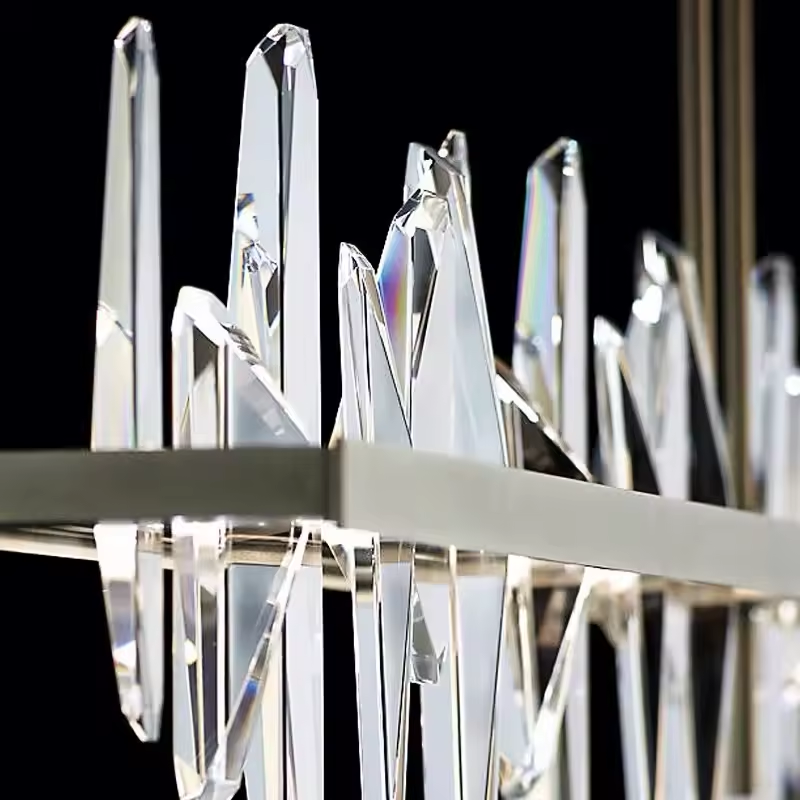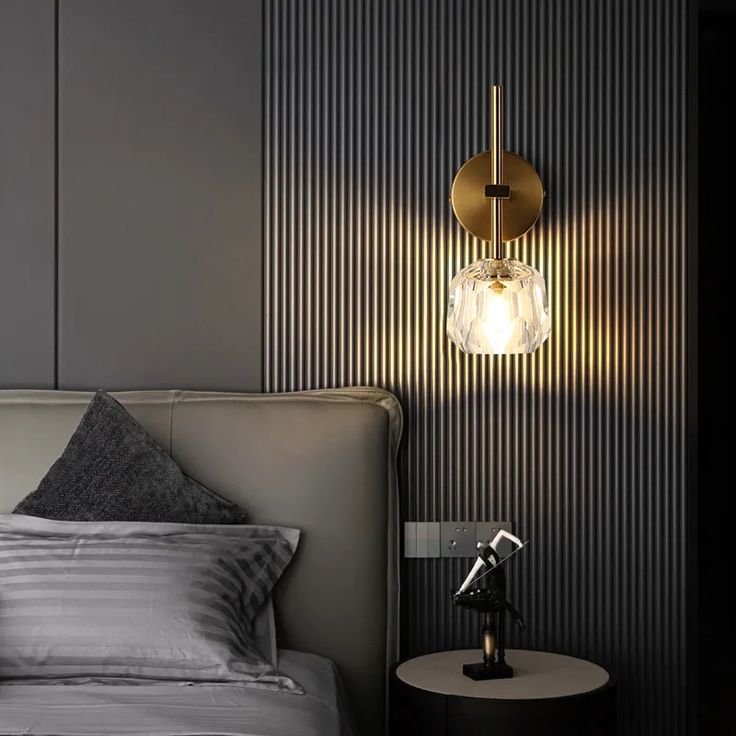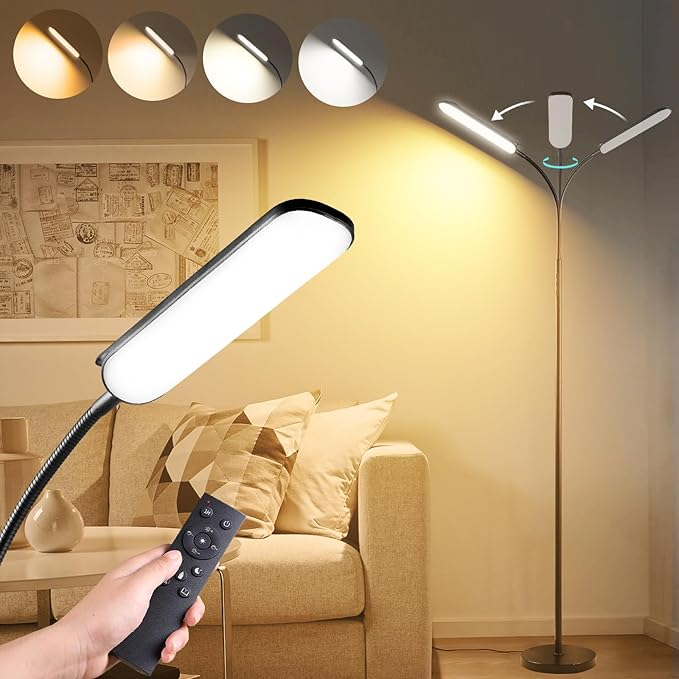In the realm of interior design, color plays a pivotal role in shaping our environment and influencing our mood. Colorful table lamps emerge as more than mere sources of light; they serve as vital elements that contribute to the overall ambiance of a space. Understanding color psychology allows you to select and position these lamps in ways that align with personal preferences and desired emotional outcomes. This article explores how to use colorful table lamps strategically in your decor, leveraging the principles of color psychology to create spaces that resonate with positivity and comfort.
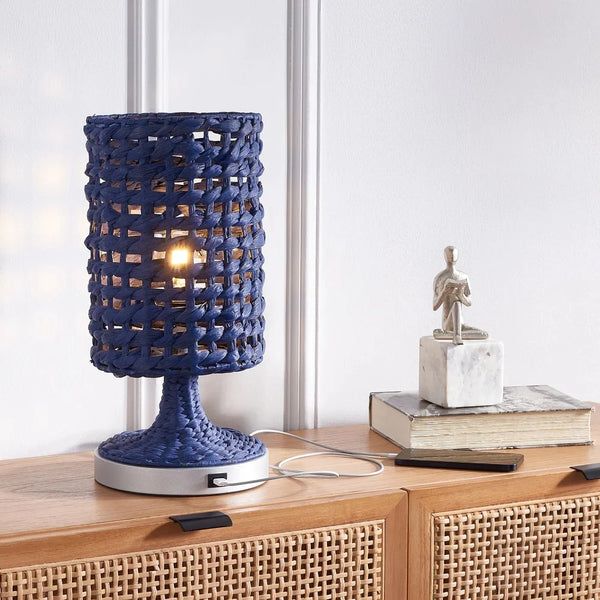
Understanding Color Psychology in Interior Design
Color psychology delves into how colors affect human emotion and behavior. Designers use this understanding to create conducive environments, whether in homes, offices, or public spaces. Each color evokes specific responses based on cultural contexts, personal experiences, and even biological factors. For instance, warm colors like red, orange, and yellow tend to stimulate energy and enthusiasm, while cool colors such as blue and green are known for their calming effects.
When selecting colorful table lamps, consider the emotional response you aspire to elicit. In settings where creativity thrives, like workspaces or studios, bright and vivid colors can spark inspiration. Conversely, soothing colors create serene atmospheres ideal for relaxation spaces like bedrooms or reading nooks. Understanding the psychological impact of these colors guides your choices, allowing you to curate environments tailored to specific moods.
Choosing the Right Color for Different Spaces
When using colorful table lamps, selecting the right color for each space becomes crucial. For living rooms, vibrant colors can act as focal points, drawing attention and enhancing the room’s energy. A bright orange or yellow lamp on a side table may serve as a conversation starter while radiating warmth and cheer.
In the bedroom, opt for softer hues. A pastel blue or green table lamp can promote tranquility, making the space inviting and conducive to restful sleep. Find harmony with other colors in the room to create a cohesive look. Consider the existing decor, and choose colors that complement or create contrast for added interest.
In children’s rooms, colorful lamps can blend fun and functionality. Bold hues like bright pink or playful patterns can encourage creativity and engagement. Choose colors that resonate with the child’s personality while being practical in terms of lighting. Understanding where and how to implement these colors in your decor amplifies their psychological impact.

Incorporating Warm Colors for Energy and Warmth
Warm colors—red, orange, and yellow—are perfect for spaces meant to inspire energy, excitement, and happiness. Colorful table lamps featuring these tones introduce vitality into living areas, dining rooms, and kitchens. A table lamp with an orange shade can infuse a dining space with warmth, encouraging interaction and camaraderie during meals.
When using warm colors, achieve balance by pairing them with neutral or cool tones. For instance, a red lamp can stand out against muted walls, preventing overwhelming effects. Placing these lamps in proximity to other vibrant decor, such as colorful artwork or cushions, enhances their energizing effect.
In workplaces or study areas, bright yellow lamps stimulate creativity, combating feelings of fatigue. Position these lamps where you engage in high-concentration tasks, allowing natural brightness to elevate your mood and alertness. Ultimately, leveraging warm colors through table lamps fosters inviting, energetic environments where both creativity and connection flourish.
Exploring Cool Colors for Calm and Serenity
Cool colors—blue, green, and purple—provide a calming presence, making them ideal for spaces designed for relaxation and rejuvenation. Colorful table lamps in these shades create soothing environments, perfect for bedrooms, spa-like bathrooms, or meditation spaces. A blue lamp can evoke tranquility, reducing stress and promoting restful nights.
To maximize the calming effects of cool colors, consider incorporating textures and materials that enhance the sense of peace. Soft fabrics in coordinating colors, plants, or natural elements enrich the overall atmosphere. Pair a gentle green lamp with indoor plants for a refreshing, nature-inspired touch, reinforcing feelings of calmness and wellbeing.
Choosing the right intensity is essential. Softer, powdery hues can create a gentle glow that inspires relaxation, while deeper shades evoke a sense of depth and introspection. Adjusting the brightness of the lamp may also influence the mood—dimmer settings encourage serenity, while brighter lights can promote focus. Using cool colors sensibly contributes to serene spaces where individuals can unwind and recharge.
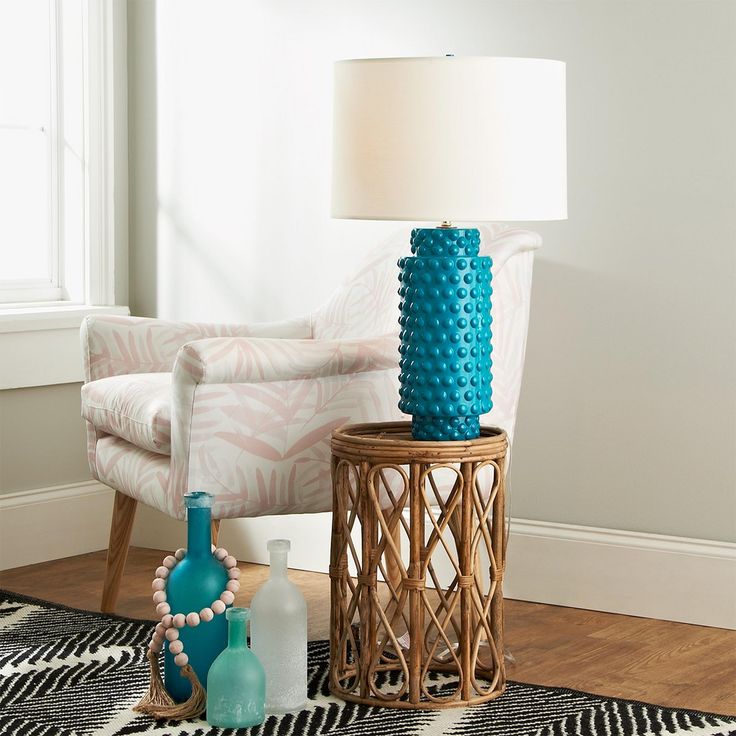
The Role of Neutral Colors in Balancing Decor
While colorful table lamps draw attention, neutral colors play an essential role in balancing decor. Shades like white, gray, and beige provide versatility, allowing colorful elements to shine without overwhelming the space. A soft white lamp can act as a filler piece, complementing a room’s overall design while highlighting more vibrant aspects.
Incorporating neutral table lamps creates a foundation that allows colorful decor to flourish. When placed alongside bold artwork or brightly colored furniture, neutral lamps enhance visual harmony without competing for attention. This balanced approach maintains an organized appearance without sacrificing design flair.
Additionally, maintaining a cohesive color palette enhances the flow of the space. Choosing neutral lamps that match wall colors or furnishings allows these elements to integrate seamlessly. Using neutral colors strategically throughout the design gives ample room to infuse color strategically, providing necessary contrast and vibrancy.
Using Colorful Table Lamps as Focal Points
Strategically positioning colorful table lamps can create captivating focal points in a room. Locating lamps on side tables, desks, or shelves brings depth to your design while showcasing their vibrant hues. An eye-catching lamp can draw attention to particular areas of the room, emphasizing its unique features.
When choosing to spotlight a colorful table lamp, pay attention to surrounding elements. Placing a vivid lamp beside an artwork piece enhances its visibility, enriching the room’s overall aesthetic. The lamp and its surroundings should harmonize to create a cohesive, visually appealing focal point.
Consider layering your lighting scheme as well. Combine colorful table lamps with overhead lighting or wall sconces to create multi-dimensional spaces. The interplay of various light sources enhances the overall atmosphere while accentuating the uniqueness of your colorful lamp choices.
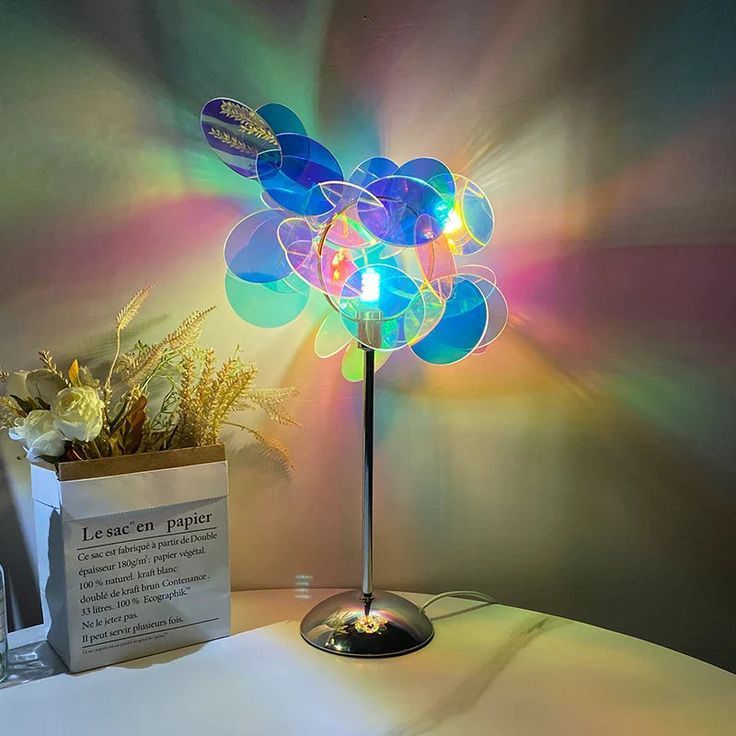
Layering with Different Lighting Types
For optimal decor that incorporates colorful table lamps, layering different types of lighting enhances both functionality and aesthetics. Ambient lighting provides overall illumination, while task lighting focuses on specific activities like reading or working. Accent lighting highlights decorative elements, creating depth in your design.
By understanding this layering approach, you can design a well-lit environment that evokes desired moods. For instance, in a living room, combine a colorful lamp with soft overhead lights and accent lighting around artwork. This ensemble creates a warm, inviting environment for gatherings.
Experiment with the placement of your colorful table lamps. Position them where they provide ample task lighting, while also contributing to the room’s overall mood. Using varied strengths and sources of light gives you control over the atmosphere, making rooms versatile for multiple activities.
Experimenting with Patterns and Textures
When accessorizing with colorful table lamps, embrace different patterns and textures to create visually stimulating decor. Patterned lampshades can introduce contrast and intrigue, drawing the eye and creating a dynamic atmosphere. When selecting patterns, ensure they align with your overall design theme while showcasing the lamp’s color.
Textures also play a vital role in enhancing the appearance of colorful table lamps. Materials like ceramic, glass, or metals can influence the light’s intensity and softness. For example, a glass lamp emits light differently than a ceramic one, affecting how color appears in your space.
Combining various textures—think woven fabrics and smooth lamp bases—adds depth to your decor. Using colorful table lamps as vibrant design statements allows you to explore unique elements while ensuring a cohesive look. This experimentation leads to rich palettes and engaging visual experiences.
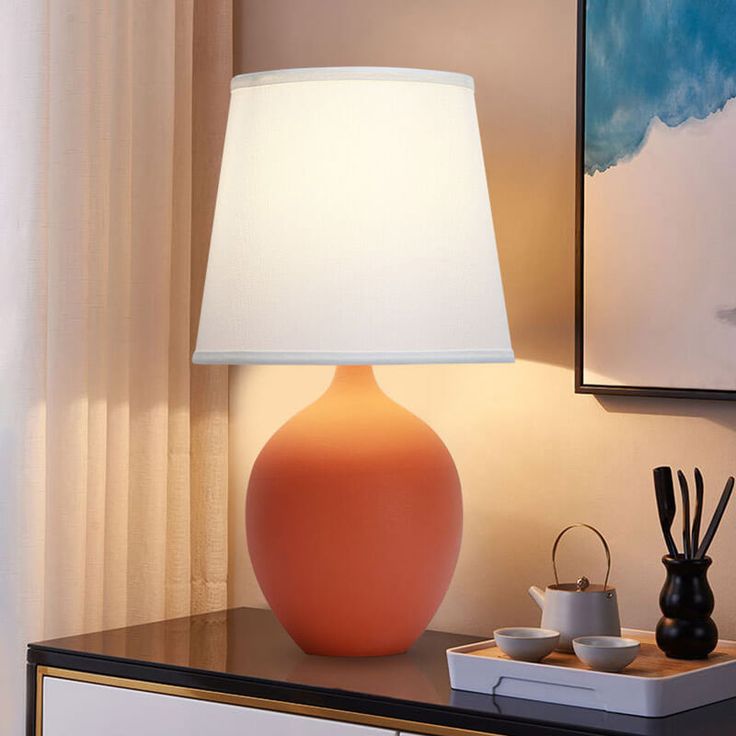
Conclusion: Creating Impactful Spaces with Colorful Table Lamps
Incorporating colorful table lamps into your decor not only improves lighting but also fosters emotional well-being through the principles of color psychology. By understanding how colors influence our feelings and perceptions, you can curate spaces that resonate with warmth, serenity, and inspiration.
Using colorful table lamps strategically informs your room’s aesthetic, blending function with design. From selecting the right colors and balancing neutrals to exploring patterns and layering light sources, each decision impacts your environment.
As you experiment with colorful table lamps, remember that the ultimate goal is personal expression. Create spaces that uplift your mood and reflect your individuality. Ultimately, colorful table lamps function as transformative design elements capable of enriching your surroundings and enhancing your quality of life through the thoughtful application of color psychology.
